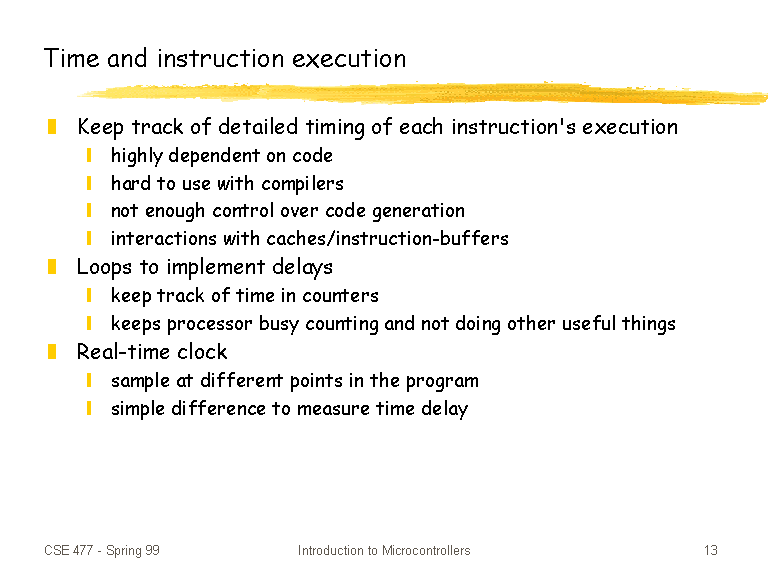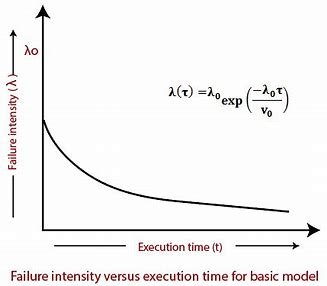Table of Contents
Introduction
The Basic Execution Time (BET) model is an used technique, in software reliability modeling that estimates the time it takes for a program to run. It considers the nature of program execution. Represents it as a series of basic execution times. The BET model has been successfully applied in domains, such as aerospace, military and telecommunications systems.
In this article we will explore the concept of the BET model and its mathematical formulation.
Lets first understand why the BET model was developed. As programs become more complex and require levels of reliability traditional approaches to estimating program execution time have proven inadequate. These approaches rely on fixed or worst case values. Often fail to capture the statistical nature of program execution.
To tackle this issue the BET model introduces an probabilistic approach to estimating program execution time. Of assuming fixed times it represents program execution as a sequence of execution times. Each basic execution time is defined by a distribution that encompasses all execution durations for that particular operation.

The Basic Execution Time Model is a software reliability model that was proposed by J.D. Musa in 1979. It is based on the assumption that the failure intensity of a software system, or the number of failures per unit time, decreases exponentially with the execution time. The model uses a non-homogeneous Poisson process to describe the failure behavior of the software, and it has two parameters: the initial failure intensity and the total number of failures that would occur in an infinite time period.
The model has the following equations:
|
The model can be used to predict the reliability of software systems, based on the observed failure data and the estimated parameters. The model can also be used to compute the additional number of failures and the additional execution time required to reach a certain failure intensity objective.
The model has some advantages, such as:
- It is simple, practical, and easy to understand.
- Its parameters clearly relate to the physical world.
- It can be used for accurate reliability prediction.
The model also has some limitations, such as:
- It assumes that all faults have the same failure intensity, which may not be realistic for complex software systems that have different types of faults with different severities and probabilities of occurrence.
- It assumes that the fault removal process is perfect and instantaneous, which may not be true for practical software development environments that have delays, errors, or rework in the fault correction activities.
- It assumes that the software system is tested under constant operational conditions, which may not be valid for software systems that have varying workloads, inputs, or configurations.
Feature and Uses of Basic Execution Time Model:
|
|
Flexibility; The BET model offers a great deal of flexibility when it comes to modeling the execution time of programs. This flexibility is essential because it takes into account the statistical nature of program execution and can adapt to the inherent variability and uncertainties in software system behavior.
Realism; The BET model accurately captures the statistical nature of program execution, allowing for a more realistic assessment of system performance and reliability. This realism is particularly crucial in systems that demand high levels of reliability, such as aerospace, military and telecommunications systems.
Predictive Power; With the BET model, it becomes possible to predict program execution time under various conditions. This includes assessing the impact of system modifications, hardware upgrades and changes in software or hardware configurations. This predictive power is valuable for ensuring effective operation and management of software systems.
Cost Effectiveness; By considering how basic execution times are interconnected, the BET model provides valuable insights into cost effective system design and optimization strategies. These insights can help organizations reduce costs associated with system development, maintenance and operation.
Educational Purposes; The BET model also serves as an excellent educational tool for teaching principles like statistical process control, performance evaluation and system optimization. Its simplicity and effectiveness make it an ideal resource for both students and educators alike.
The BET model can be seamlessly incorporated with other techniques for analyzing reliability and performance, such as Fault Tree Analysis, Markov Chain Analysis and Queuing Theory. This compatibility allows for a comprehensive evaluation of how the system behaves under different levels of reliability and environmental conditions.

conclusion
In conclusion the Basic Execution Time (BET) model offers an adaptable method, for modeling program execution time.
The BET model offers a basis, for comprehending and forecasting the behavior of software systems in reliability and environmental conditions. It achieves this by incorporating a perspective on program execution and considering the interconnections, between execution times.
Here are the asked questions (FAQs), about the Basic Execution Time (BET) model;
1. What is the Basic Execution Time (BET) model?
The BET model is a method used to estimate program execution time in software systems. It takes into account the time taken to execute instructions or basic blocks of code. Provides a probability distribution that represents the statistical nature of program execution.
2. What are the main features and applications of the BET model?
The BET model offers flexibility accurately captures the aspects of program execution enables prediction capabilities and supports cost system design. It also serves as a tool for teaching statistical process control, performance evaluation and system optimization.
3. How does the BET model differ from other performance modeling techniques?
While other techniques like Dynamic Analysis may yield results for specific system configurations the BET model takes a comprehensive approach to modeling program execution time. It considers how basic execution times relate to each other which provides insights, into optimizing system design and cost effectiveness.
4. Can the BET model be applied to any type of software system?
The BET model is applicable, to software systems, such as those used in aerospace, military and telecommunications. However it’s worth noting that the accuracy of the models predictions might be affected by variables and external factors present, in the system being analyzed.

